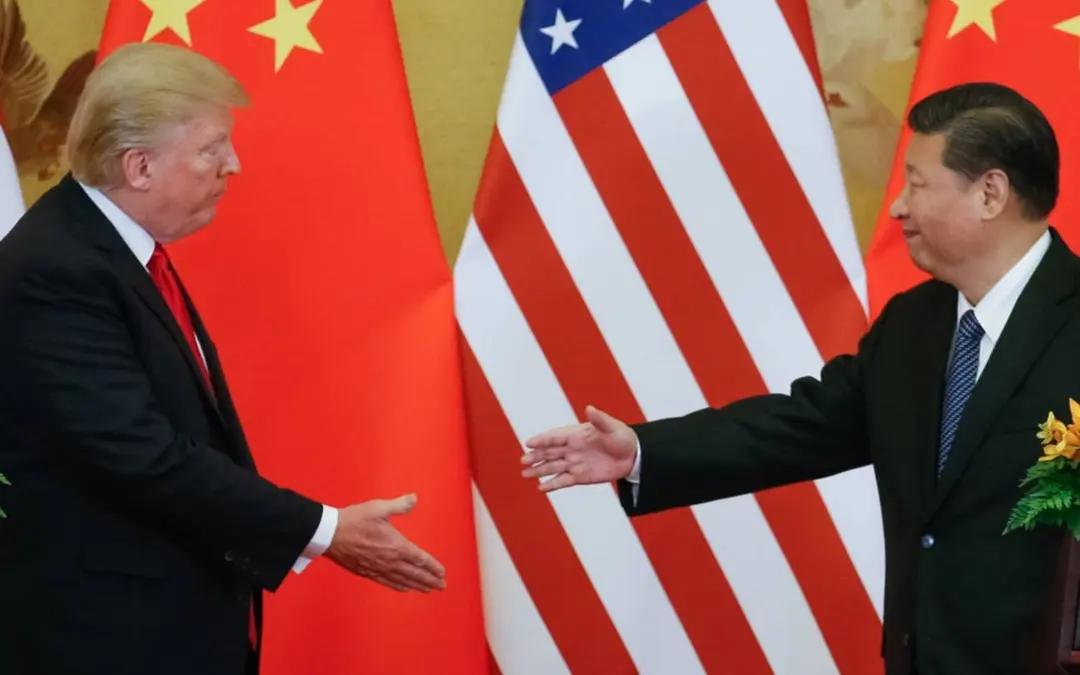United States President Donald Trump and Chinese President Xi Jinping have struck a deal to reduce tariffs on Chinese imports to 47%, a move aimed at easing trade tensions and stabilizing global markets after years of strained economic relations.
Breakthrough in Busan
The agreement was reached during a high-profile meeting in Busan, South Korea, on 30 October 2025, marking the first face-to-face talks between the two leaders since 2019. President Trump described the discussions as “amazing,” while President Xi confirmed that both sides had reached a “consensus on economic and trade issues.”
Under the deal, the United States will reduce tariffs on Chinese goods from 57% to 47%, in exchange for a series of commitments from Beijing. These include:
- Resuming large-scale purchases of U.S. soybeans and other agricultural products.
- Ensuring the continued export of rare earth minerals and magnets, critical to global technology supply chains.
- Strengthening enforcement against the illicit trade of fentanyl, a synthetic opioid that has fueled a public health crisis in the U.S.
Market and Global Reaction
The announcement triggered volatile trading in global markets, with Asian and European indexes swinging as details of the deal emerged. Analysts noted that while the tariff cut is modest, it signals a temporary thaw in U.S.-China trade relations and could ease pressure on global supply chains.
Economists, however, cautioned that the agreement is limited in scope and does not resolve deeper structural disputes over technology, intellectual property, and market access. Still, the deal was welcomed as a step toward reducing uncertainty in the world’s two largest economies.
Strategic Significance
For Washington, the agreement provides relief to U.S. farmers and manufacturers who have been hit hard by retaliatory tariffs. For Beijing, it secures access to critical U.S. agricultural exports and ensures stability in rare earth trade, a sector where China dominates global supply.
The deal also carries geopolitical weight, with both leaders signaling a willingness to re-engage diplomatically after years of escalating tensions. Trump hailed the outcome as a “fantastic new beginning,” while Xi emphasized cooperation as essential for global economic stability.
Outlook
The tariff reduction is expected to take effect immediately, with further negotiations planned to address unresolved issues. Observers say the agreement could serve as a confidence-building measure, though its durability will depend on both sides honoring their commitments.
Conclusion
The Trump–Xi deal to cut tariffs to 47% represents a symbolic breakthrough in U.S.-China relations, offering short-term relief to global markets and trade flows. Yet, with fundamental disputes still unresolved, the agreement is seen as a fragile truce rather than a lasting settlement in the world’s most consequential economic rivalry.
Sources: RTÉ News; Indiatimes; DW.; Azzet.com.



